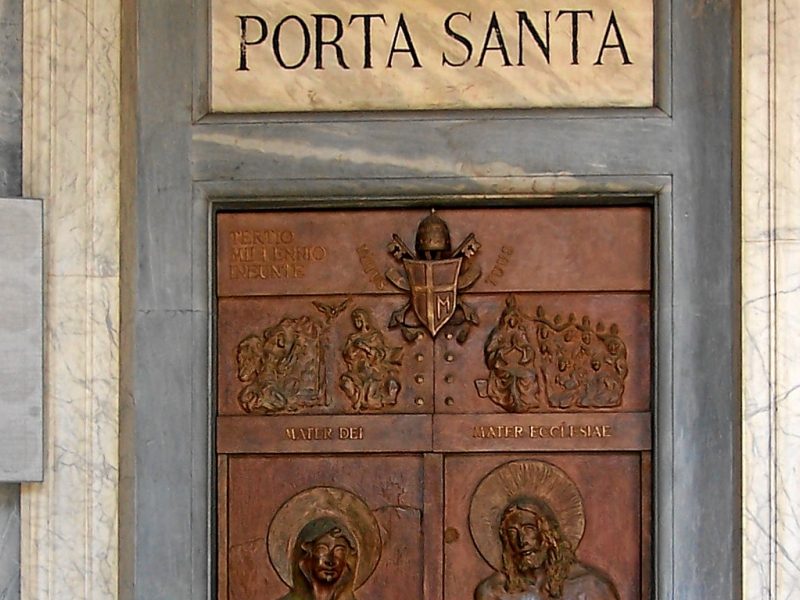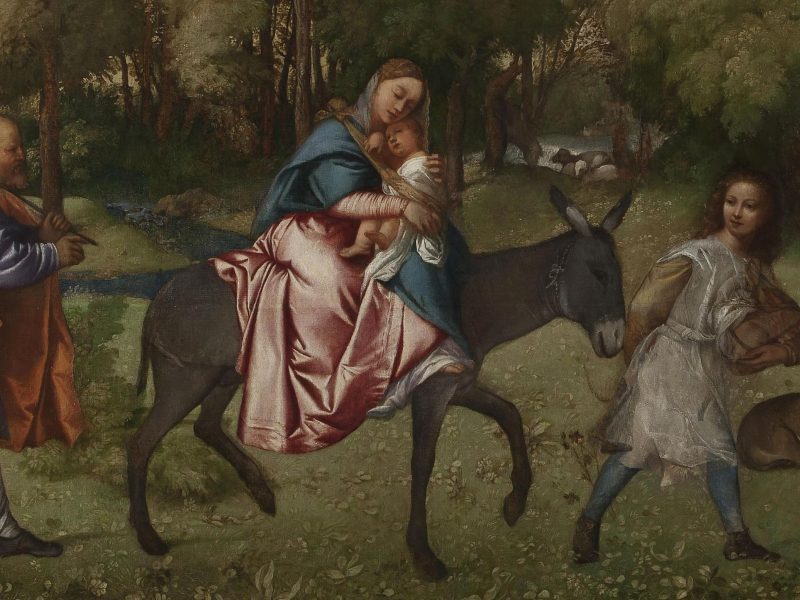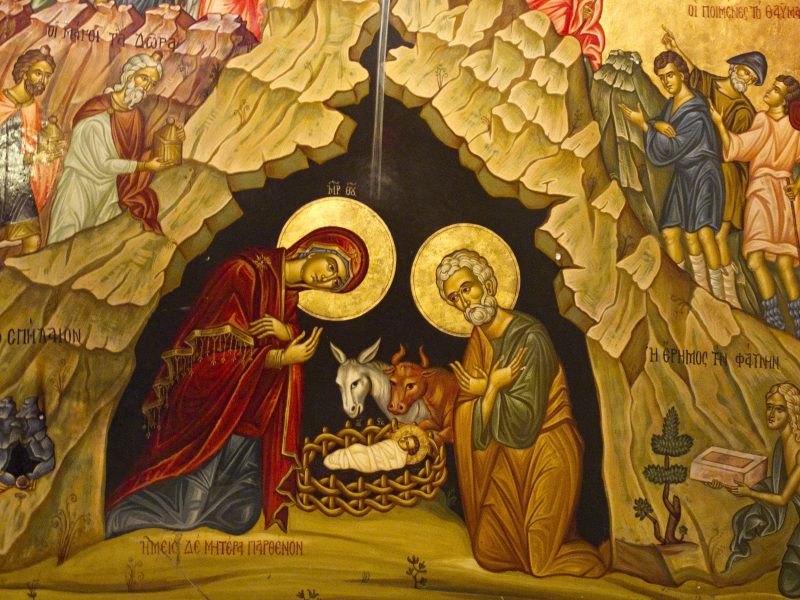
The Very Stones
Palm Sunday of the Passion of the Lord. Fr Timothy Calvert meditates upon a puzzling saying of Jesus at his entry into Jerusalem.
A tour guide in the Holy Land once pointed to a pile of pebbles lying by the roadside in Jerusalem, and proudly declared: ‘These are the stones that would have cried out, had they been needed!’ Those who had not read Luke’s Gospel would have been perplexed, although those who have are not necessarily more enlightened.
Jesus has entered Jerusalem, and his disciples cry out in joy for all they have seen. Although the Pharisees think this unbecoming and ask Jesus to rebuke them, be promises them that if they were silent, the very stones would cry out. What did he mean?
Stones have varied resonances for us: quarry for building, signs for pointing, boulders for crushing. Stones also mark out limits — thus far and no farther! When I was a member of our Oxford community I spent much of my free time working in the garden. Digging for new shrubs or flower beds I often heard the scrape of metal against rock, and would know that this place was no good. I would have to cover my tracks, replace the soil and start again. Hard solid rock marked the limits of what I was able to do in the gardener’s contest with nature.
And so in the Bible stone often marks both the boundaries of human life, the limits of our hopes and our potential, but also the resourcefulness of God. At Meribah when the people of Israel complained against the Lord and were ready to give up on the one who had led them out of Egypt, water flowed from a rock.
The walls of Jericho which stood so tall and proud as a barrier to the people of Israel fell before the strength of the Lord.
With only a small stone the small ruddy boy David slew the giant Goliath and brought him down.
Human beings are barricaded into their fallen nature. Again and again their strength and resourcefulness will fail, only for the gracious creativity of God to work wonders among them. The stone that enclosed the body of Jesus in the tomb was the final coda to human strength; it marked the resting place where all the hopes and dreams of God’s people would slowly turn to dust. But by moving the stone aside God shows definitively that he is the one who loves human beings, and who endlessly offers them new life in the face of death.
So what did Jesus mean in speaking of the stones of Jerusalem breaking into song? Perhaps the cry of the stones would have been one of joy like the disciples. A cry of recognition that the real presence of God was coming to them, and that their purpose was to be fulfilled in the raising up of men and women to be living stones, forming the Temple of Jesus’s body.
Or maybe the cry would have been one of pain, of a sacrifice to come. Jesus will speak of the Temple being pulled down, so that ‘not one stone will be left upon another.’ The city stands under judgement — the time of its visitation has come. Soon the blood of the Lord will stain the stone city street, and God will act to renew the covenant in a way beyond all hopes and expectations.
The cry of the stones could of course be a reproach to those who litter the streets of Jerusalem and also to the great crowd of disciples who are singing the praises of Jesus. Earlier in Luke’s Gospel, John the Baptist had promised that God could raise up children for Abraham from the very stones! Perhaps the stones would have cried out in recognition, but they must be silent so that the fickle cry of the crowd may turn to a murderous cry, so that scripture be fulfilled.
The stones of course do not cry out. The Lord wants a human cry, and one of recognition, one that puts self aside and accepts the visitation of God in our brother Jesus. He is the stone that the builders rejected, who has become the corner stone.
Today the Saviour enters the Jerusalem of our Holy Week liturgy, and again he will show to us what God can do in the face our failure, our violence and our suffering. There are many stones in the pathways of our lives, blocking our way. But there are also stony places in our hearts, places where we have given up on God and ourselves.
This week we enter again into this sacred space, so that we can see that there are no places in human life that the creativity of our God cannot touch and enliven, drawing us into Christ, the true rock on which all our hopes can be built.


